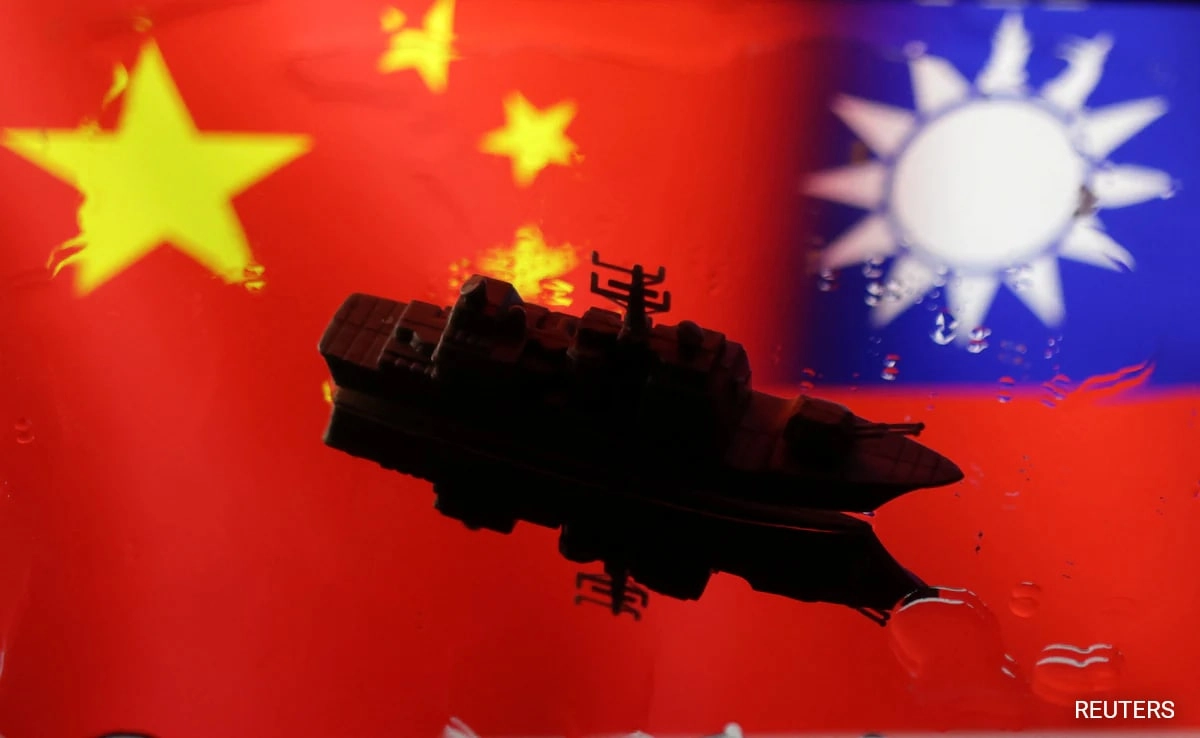The Chinese military has announced that it is conducting a series of military exercises in the vicinity of Taiwan, an area that has been a focal point of tension between China and Taiwan for many years. This announcement comes amid ongoing geopolitical tensions in the region, as Taiwan considers itself a sovereign state, while China views it as a breakaway province that must eventually be reunified with the mainland, by force if necessary. The exercises are seen as a show of force by China, signaling its military capabilities and its resolve to assert control over what it considers its territory.
These military drills are not an isolated incident but part of a broader pattern of increased military activity by China near Taiwan. In recent years, there have been numerous incursions into Taiwan’s air defense identification zone (ADIZ) by Chinese military aircraft, raising alarms about the potential for conflict. The frequency and scale of these exercises have heightened concerns among Taiwan’s government and its allies, particularly the United States, which has a commitment to support Taiwan in maintaining its defense capabilities. This dynamic continues to complicate the already delicate balance of power in the Asia-Pacific region.
The exercises around Taiwan also occur against the backdrop of international relations, where the United States has been vocal in its support for Taiwan. Washington’s stance includes arms sales to Taiwan and commitments to help the island bolster its defense. As a result, China’s military maneuvers are perceived not only as a direct challenge to Taiwan but also as a message to the United States and its allies about the risks of intervening in what China sees as its internal affairs. The situation remains fluid, and the potential for miscalculation or escalation is a cause for concern among military analysts and policymakers.
In summary, the Chinese military’s exercises around Taiwan serve multiple purposes, including demonstrating military strength, asserting territorial claims, and responding to perceived external threats. As both China and Taiwan continue to navigate their complex relationship, the international community watches closely, aware that any misstep could lead to significant regional instability. With the stakes high for all parties involved, the situation remains one of the most critical flashpoints in contemporary international relations.




